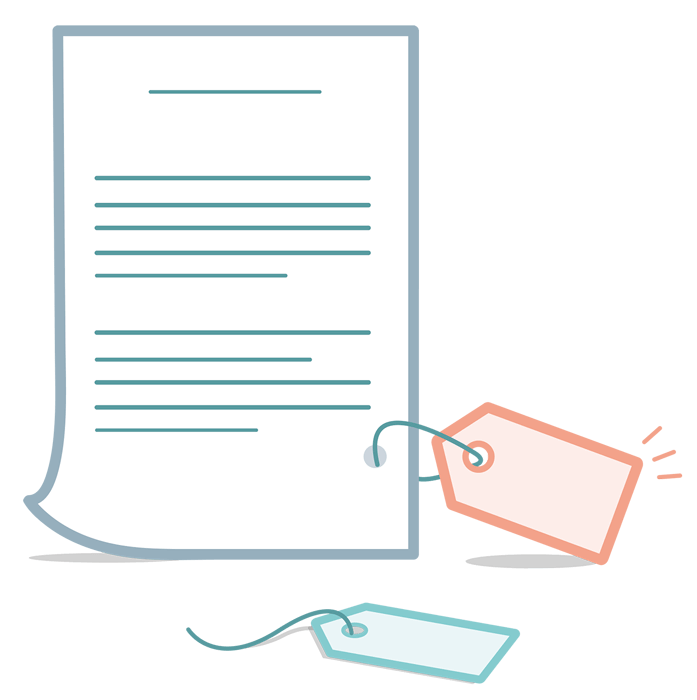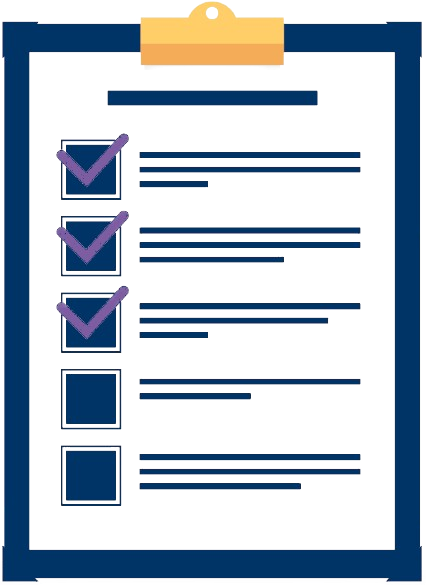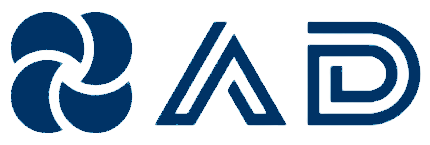Suggestions based on the Question and Answer that you are currently viewing
Karen Sepan, a recent graduate of the local state university, ispresently employed by a large manufacturing company. She has been asked by Jose Martinez, controller, toprepare the company’s response to a current Preliminary Views published by the Financial Accounting Standards Board (FASB). Sepan knows that the FASB has a conceptual framework, and she believes that these concept statements could be used to support the company’s response to the Preliminary Views. She has prepared a rough draft of the response citing the objective of financial reporting. Instructions (a) Identify the objective of financial reporting. (b) Describe the level of sophistication expected of the users of financial information by the objective of financial reporting.
Recording transactions in the accounting system requires knowledge of the important characteristics of the elements of financial statements, such as assets and liabilities. In addition, accountants must understand the inherent uncertainty in accounting measures and distinctions between related accounting concepts that are important in evaluating the effects of transactions on the financial statements. Instructions Go to http://aaahq.org/asclogin.cfm to log in and provide explanations for the following items. (Provide paragraph citations.) When you have accessed the documents, you can use the search tool in your Internet browser. (a) The three essential characteristics of assets. (b) The three essential characteristics of liabilities. (c) Uncertainty and its effect on financial statements. (d) The difference between realization and recognition.
Helaina was just hired by Acme Corporation and has decided to purchase disability insurance. This insurance promises to pay her weekly benefits to replace her salary should she be unable to work because of disability. Disability insurance is also available through Acme as part of its compensation plan. Acme pays these premiums as a nontaxable fringe benefit, but the plan promises to pay about 10 percent less in benefits. If Helaina elects to have Acme pay the premiums, then her compensation will be reduced by an equivalent amount. Should tax considerations play a role in Helaina's choice to buy disability insurance through Acme or on her own? Explain.
Howie Long has just learned he has won a $500,000 prize in the lottery. The lottery has given him two options for receiving the payments. (1) If Howie takes all the money today, the state and federal governments will deduct taxes at a rate of 46% immediately. (2) Alternatively, the lottery offers Howie a payout of 20 equal payments of $36,000 with the first payment occurring when Howie turns in the winning ticket. Howie will be taxed on each of these payments at a rate of 25%. Instructions Assuming Howie can earn an 8% rate of return (compounded annually) on any money invested during this period, which pay-out option should he choose?
An injection molded polyethylene part has a dimension of 2.500 in. A new material, polycarbonate, is used in the same mold. What is the expected corresponding dimension of the polycarbonate molding?
It has been suggested that tax policy favors deductions for AGI compared to itemized deductions. Describe two ways in which deductions for AGI are treated more favorably than itemized deductions
This year, Darrel’s distributive share from Alcove Partnership includes $6,000 of interest income, $3,000 of dividend income, and $70,000 ordinary business income. a. Assume that Darrel materially participates in the partnership. How much of his distributive share from Alcove Partnership is potentially subject to the net investment income tax? b. Assume that Darrel does not materially participate in the partnership. How much of his distributive share from Alcove Partnership is potentially subject to the net investment income tax?
Describe the record-keeping requirements for deducting business expenses, including mixed-motive expenditures.
What factors will determine whether a country’s joining a customs union will lead to trade creation or trade diversion?
Describe a situation in which a former C corporation that elected to be taxed as an S corporation may have its S election automatically terminated, but a similarly situated corporation that has always been taxed as an S corporation would not.
Under what circumstances is a closed-loop positioning system preferable to an open-loop system?
In what ways might the views of different politicians on what constitutes a ‘good’ tax system conflict?
As stated in the chapter, notes to the financial statements are the means of explaining the items presented in the main body of the statements. Common note disclosures relate to such items as accounting policies, segmented information, and interim reporting. The financial statements of P&G are presented in Appendix 5B. The company’s complete annual report, including the notes to the financial statements, can be accessed at the book’s companion website, www.wiley.com/college/kieso. Instructions Refer to P&G’s financial statements and the accompanying notes to answer the following questions. (a) What specific items does P&G discuss in its Note 1—Summary of Significant Accounting Policies? (List the headings only.) (b) For what segments did P&G report segmented information? Which segment is the largest? Who is P&G’s largest customer? (c) What interim information was reported by P&G?
The net income for Letterman Company for 2014 was $320,000. During 2014, depreciation on plant assets was $124,000, amortization of patent was $40,000, and the company incurred a loss on sale of plant assets of $21,000. Compute net cash flow from operating activities.
1. Trace through the effect of an adverse supply shock, such as a rise in oil prices. 2. What determines the amount that national income fluctuates when there is a temporary shift in the DAS curve?
During 2014, Nilsen Company started a construction job with a contract price of $1,600,000. The job was completed in 2016. The following information is available. 2014 2015 2016 Costs incurred to date $400,000 $825,000 $1,070,000 Estimated costs to complete 600,000 275,000 –0– Billings to date 300,000 900,000 1,600,000 Collections to date 270,000 810,000 1,425,000 Instructions (a) Compute the amount of gross profit to be recognized each year, assuming the percentage-ofcompletion method is used. (b) Prepare all necessary journal entries for 2015. (c) Compute the amount of gross profit to be recognized each year, assuming the completed-contract method is used.
The financial statements of P&G are presented in Appendix 5B. The company’s complete annual report, including the notes to the financial statements, can be accessed at the book’s companion website, www. wiley.com/college/kieso. Instructions Refer to P&G’s financial statements and the accompanying notes to answer the following questions. (a) Using the notes to the consolidated financial statements, determine P&G’s revenue recognitionmpolicies. Discuss the impact of trade promotions on P&G’s financial statements. (b) Give two examples of where historical cost information is reported in P&G’s financial statements and related notes. Give two examples of the use of fair value information reported in either the financial statements or related notes. (c) How can we determine that the accounting principles used by P&G are prepared on a basis consistent with those of last year? (d) What is P&G’s accounting policy related to advertising? What accounting principle does P&G follow regarding accounting for advertising? Where are advertising expenses reported in the financialstatements?
Distinguish between gross profit as a percentage of cost and gross profit as a percentage of sales price. Convert the following gross profit percentages based on cost to gross profit percentages based on sales price: 25% and 331/3%. Convert the following gross profit percentages based on sales price to gross profit percentages based on cost: 331/3% and 60%.
1. Rufus is a one-quarter partner in the Adventure Partnership. On January 1 of the current year, Adventure distributes $13,000 cash to Rufus in complete liquidation of his interest. Adventure has only capital assets and no liabilities at the date of the distribution. Rufus’s basis in his partnership interest is $18,500. a. What are the amount and character of Rufus’s recognized gain or loss? b. What are the amount and character of Adventure’s recognized gain or loss? c. If Rufus’s basis is $10,000 at the distribution date rather than $18,500, what are the amount and character of Rufus’s recognized gain or loss?
Under what circumstances can a taxpayer deduct medical expenses paid for a member of their family? Does it matter if the family member reports significant amounts of gross income and cannot be claimed as a dependent?
BCS Corporation is a calendar-year, accrual-method taxpayer. BCS was formed and started its business activities on January 1 of this year. It reported the following information for the year. Indicate BCS’s deductible amount for this year in each of the following alternative scenarios. a) BCS provides two-year warranties on products it sells to customers. For its current year sales, BCS estimated and accrued $200,000 in warranty expense for financial accounting purposes. During this year, BCS spent $30,000 repairing its product under the warranty. b) BCS accrued an expense for $50,000 for amounts it anticipated it would be required to pay under the workers’ compensation act. During the year, BCS actually paid $10,000 for workers’ compensation-related liabilities. c) In June of this year, a display of BCS’s product located in its showroom fell and injured a customer. The customer sued BCS for $500,000. The case is scheduled to go to trial next year. BCS anticipates that it will lose the case and this year accrued a $500,000 expense on its financial statements. d) Assume the same facts as in (c) except that BCS was required to pay $500,000 to a court-appointed escrow fund this year. If BCS loses the case next year, the money from the escrow fund will be transferred to the customer suing BCS. e) On December 1 of this year, BCS acquired equipment from Equip Company. As part of the purchase, BCS signed a separate contract which provided that Equip would warranty the equipment for two years (starting on December 1 of this year). The extra cost of the warranty was $12,000, which BCS finally paid to Equip in January of next year.
] Meg O’Brien received a gift of some small-scale jewelry manufacturing equipment that her father had used for personal purposes for many years. Her father originally purchased the equipment for $1,500. Because the equipment is out of production and no longer available, the property is currently worth $4,000. Meg has decided to begin a new jewelry manufacturing trade or business. What is her depreciable basis for depreciating the equipment?
Explain the conditions under which a speculator would like to invest in a foreign currency today even when the speculator has no use for that currency in the future. (LO2, LO3)
Explain the primary use of funds by commercial banks versus savings institutions. (LO3)
Henning Company sponsors a defined benefit pension plan for its employees. The following data relate to the operation of the plan for the year 2014 in which no benefits were paid. 1. The actuarial present value of future benefits earned by employees for services rendered in 2014 amounted to $56,000. 2. The company’s funding policy requires a contribution to the pension trustee amounting to $145,000 for 2014. 3. As of January 1, 2014, the company had a projected benefit obligation of $900,000, an accumulated benefit obligation of $800,000, and a debit balance of $400,000 in accumulated OCI (PSC). The fair value of pension plan assets amounted to $600,000 at the beginning of the year. The actual and expected return on plan assets was $54,000. The settlement rate was 9%. No gains or losses occurred in 2014 and no benefits were paid. 4. Amortization of prior service cost was $50,000 in 2014. Amortization of net gain or loss was not required in 2014. Instructions (a) Determine the amounts of the components of pension expense that should be recognized by the company in 2014. (b) Prepare the journal entry or entries to record pension expense and the employer’s contribution to the pension trustee in 2014. (c) Indicate the amounts that would be reported on the income statement and the balance sheet for the year 2014.
The benefits of buying with AnswerDone:

Access to High-Quality Documents
Our platform features a wide range of meticulously curated documents, from solved assignments and research papers to detailed study guides. Each document is reviewed to ensure it meets our high standards, giving you access to reliable and high-quality resources.

Easy and Secure Transactions
We prioritize your security. Our platform uses advanced encryption technology to protect your personal and financial information. Buying with AnswerDone means you can make transactions with confidence, knowing that your data is secure

Instant Access
Once you make a purchase, you’ll have immediate access to your documents. No waiting periods or delays—just instant delivery of the resources you need to succeed.
